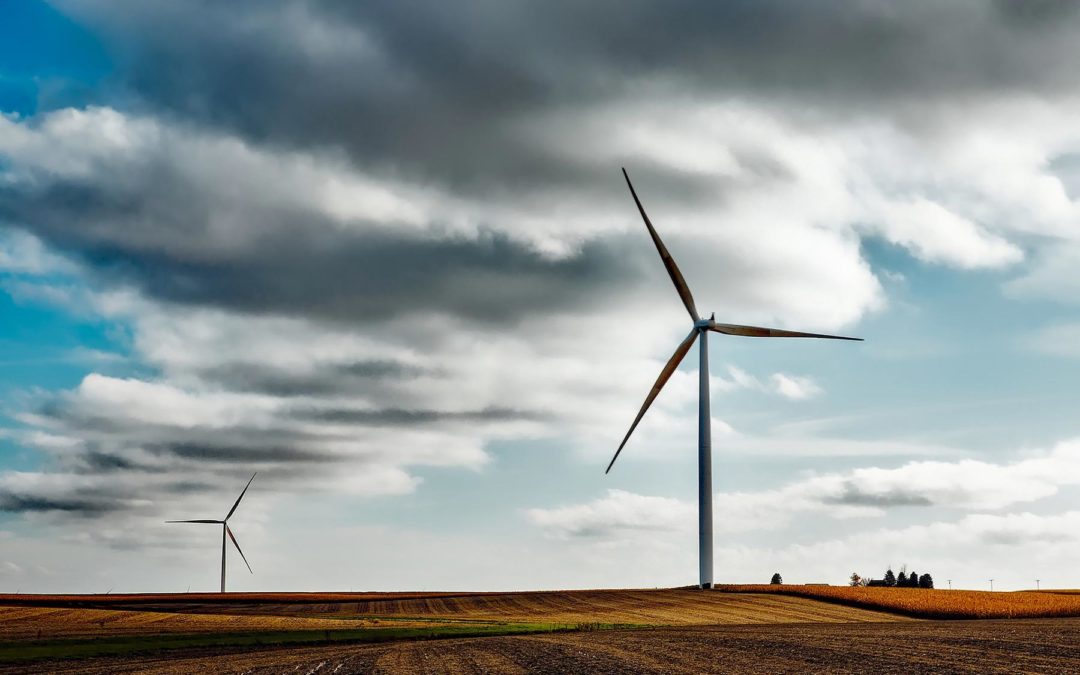Summer is in full swing now, and it’s getting hot outside. I keep thinking about all the energy I’m using to keep my house cool (among other things), and I know there are some ways I can upgrade my house so it’s more energy efficient.
And did you know that some of these upgrades have some pretty sweet rebate money tied to them? It’s a win-win-win. You’ll save money on your utility bills, get a rebate to pay for part of the upgrade to your home, and help out our environment.
First Up, Get an Energy Assessment
First, it’s a smart idea to get an energy assessment of your home. Here is a great resource for interviewing an auditor before hiring as well as a link to find a certified energy auditor in your state.
This can give you an idea of what improvements you should tackle first. Some improvements are more cost effective than others and will give you a return on your money much faster. But you need to know how your home is using energy to make smart decisions.
Appliances
Appliances in your home, especially ancient ones, can consume massive amounts of energy. If you have a washer that’s a couple of decades old, for instance, you’re definitely using a lot more water and energy to heat that water than a comparable modern version would use.
Replacing these old appliances with new, energy-efficient models can be a smart move in the long run. Energy Star, which certifies appliances for energy efficiency, has a database of possible rebates for appliances in your area, so don’t miss it here.
Smart Thermostat
A smart thermostat helps get your home to the optimal temperature based on your usage patterns (which it learns) and even the local weather. This keeps your costs as low as possible in a very convenient way. You can also adjust the temperature of your home even when you’re not there.
This is a really smart upgrade because it costs very little but can make a big difference in the comfort of your home while also saving you money. Many local utility companies offer rebates that offset a large part of the purchase price of a smart thermostat.
Water Heater
Did you know that heating water is the second-largest utility expense after heating and cooling your home? So this is a good place to focus if you’re wanting to upgrade the energy efficiency of your home.
Any water heater that’s more than a decade old is likely using way too much energy and could benefit from an upgrade. Tankless water heaters, which produce hot water on demand rather than storing it all the time, are a really smart move if you’re serious about saving energy.
Insulation
If your home is too cold in the winter and too hot in the summer, you might need more insulation in your home. (In fact, about half of the homes in the United States are under insulated, so yours could easily be one of them.) Properly installed insulation keeps you more comfortable and reduces noise from the outside. And no surprise—a properly insulated home can really reduce your utility bills.
Here are some good instructions for evaluating the insulation in your home.
Duct Sealing and Insulation
In forced-air cooling and heating systems, a network of ducts carries hot and cold air throughout the home. The Environmental Protection Agency estimates that up to 20% of that air can escape through leaks in the ductwork. That’s a lot of wasted energy!
Ductwork sealant quickly and easily repairs those leaks.
You may also want to consider insulating your ductwork to further prevent energy loss.
Windows and Doors
A surprising amount of air can seep through doors and windows that aren’t properly insulated. Just adding weatherstripping or caulking around them can save you a lot of money.
If your windows and doors are beyond caulking and weatherstripping, it might be time to look into replacing them.
If you’re thinking of replacing windows, the new ones do a much better job than the old single-pane ones at not letting hot and cold air escape. Windows with wood or wood-clad frames are the best for insulation—even better than vinyl or aluminum.
A lot of heat is also lost via poorly insulated doors. Commonly energy-efficient doors have a foam insulation core. Steel and fiberglass doors with an Energy Star label are great choices.
Solar Panels
This is by far the most expensive upgrade on this list, but there is an awesome federal tax credit you can take advantage of.
The federal government has a tax credit that allows you to take 30% of the cost of your new solar panels off of your taxes. However, that tax credit is going to be reduced after 2019, so now might just be the time.
Local Rebates for Energy Upgrades
Curious to know what rebates you have in your local area? Many utility companies offer rebates for energy upgrades. Check out this fantastic, comprehensive database of energy upgrade rebates throughout the country.
I hope this gives you some ideas for how you can upgrade the energy efficiency of your home while also scoring some great rebates. Together, we can make a big difference.


Recent Comments